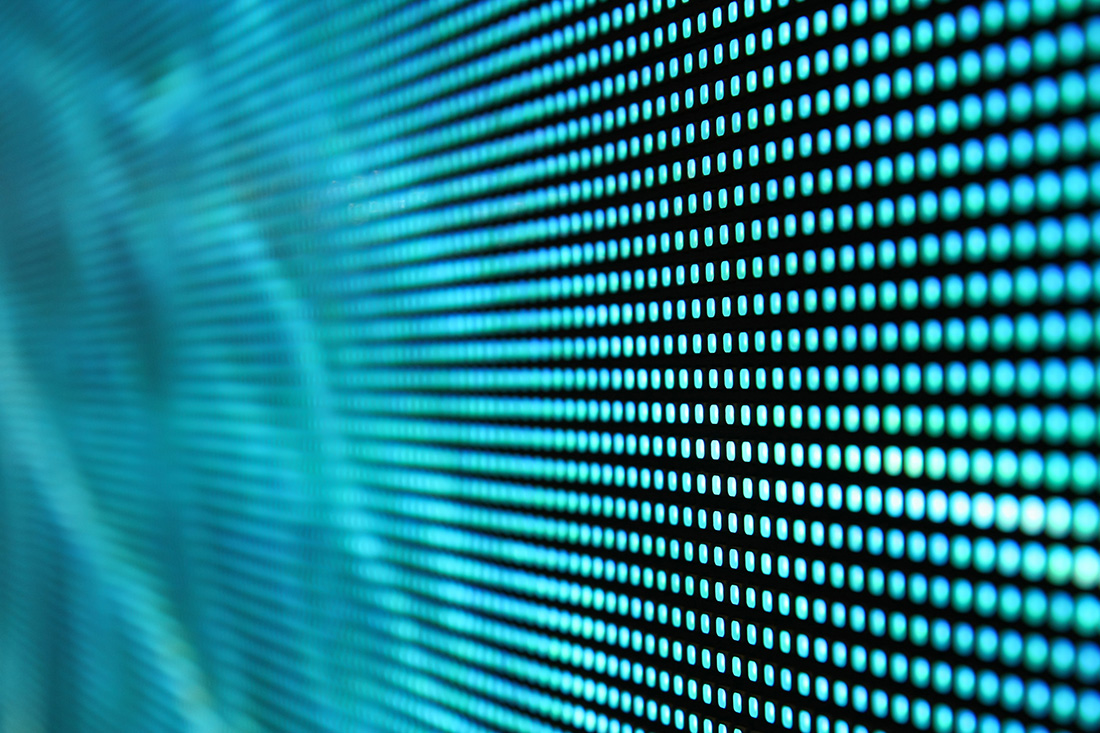Investigating the Durability of LED Display Panels in Contrast to Traditional Screen Methods
Investigating the Durability of LED Display Panels in Contrast to Traditional Screen Methods
Blog Article
LED wall screens have become increasingly favored in recent times, particularly in settings like schools, businesses, and public areas. These panels use LED lights (LEDs) to create bright and lively visuals. One of the most notable advantages of LED technology is its durability compared to traditional screen methods, such as cathode ray tubes (CRTs) and LCD crystal displays. Grasping the distinctions in lifespan and performance between these technologies can help consumers make informed decisions about their display requirements.
Classic display technologies, like CRTs, have been present for many years. They were frequently used in televisions and PC screens. However, CRTs have a shorter lifespan, generally lasting approximately 10,000 to 20,000 hrs of use. This means that after a couple years, users may observe a deterioration in picture clarity, such as fading or color deformation. In comparison, LED panel panels can last considerably longer, frequently exceeding 50,000 hours. This extended duration means that users can experience consistent functionality without the requirement for frequent substitutions.
Another crucial factor to consider is power efficiency. LED wall screens utilize less power than traditional screens, which not only benefits the environment but also lowers power costs. For example, while a CRT screen may consume around 100 W of energy, an LED panel can use as few as 30 to 50 W. This discrepancy in energy consumption adds to the total longevity of LED technology, as reduced energy consumption generates less heat. Excess thermal energy can damage electrical parts, resulting to a shorter lifespan for conventional screens.
In addition to their longer lifespan and power conservation, LED panel screens also provide superior visual quality. click They offer brighter colors and improved differentiation, making them perfect for various uses, from advertising to educational presentations. The innovation behind LED screens enables for a wider viewing perspective, meaning that images stay clear and vibrant even when seen from the flank. This is a major advantage over traditional displays, which often experience from hue deformation and diminished brightness at wider perspectives.
In conclusion, the longevity of LED wall screens in contrast to conventional screen technologies is a crucial factor for consumers to take into account. With durations that can surpass 50,000 hours, energy efficiency, and superior image clarity, LED innovation provides many advantages. As innovation continues to advance, LED wall panels are likely to become even more common in multiple environments. Grasping these distinctions can assist individuals and organizations make better choices when investing in display innovation, guaranteeing they get the best value for their needs.